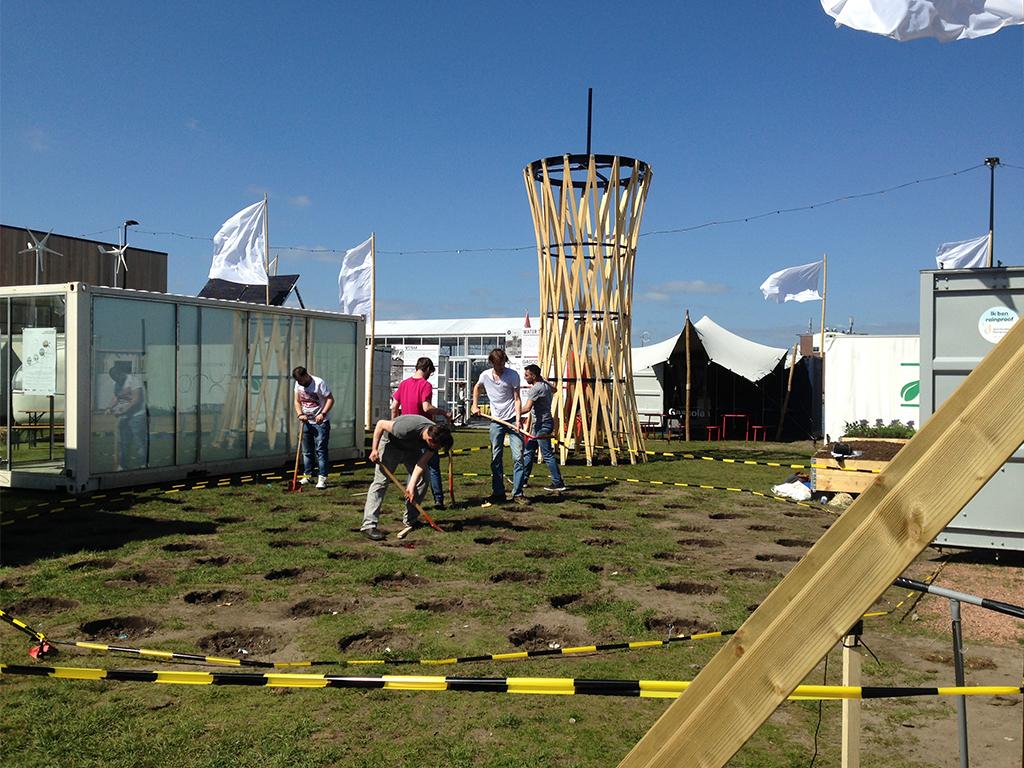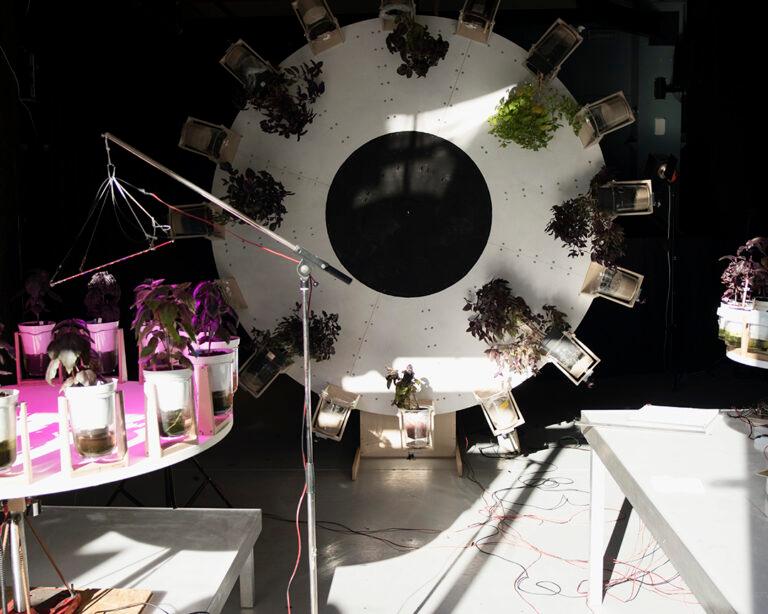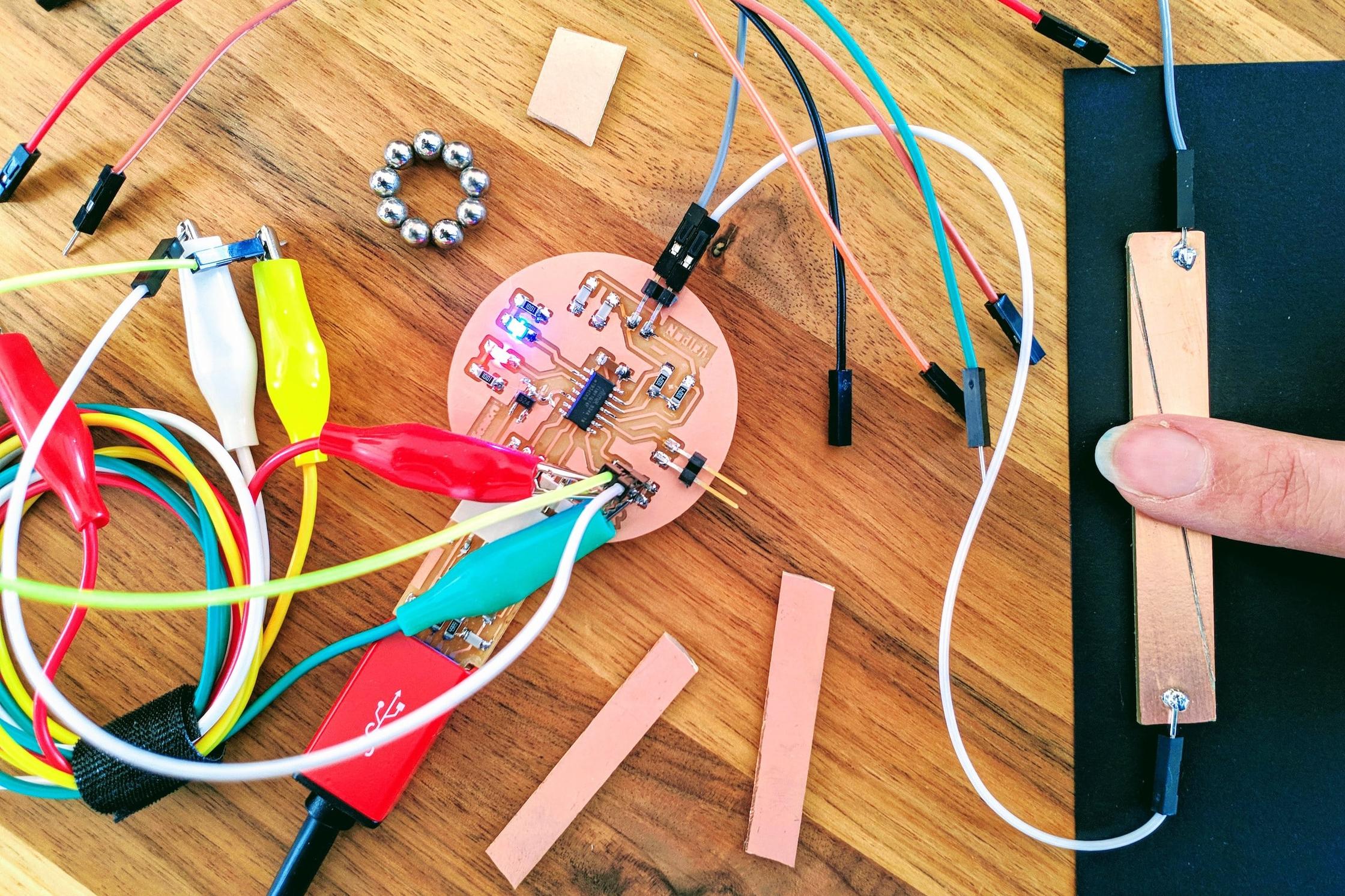Fab Cities: the solution for a more sustainable world?
The gap between utopian thinking and actual implementation in cities is becoming smaller through the bridges laid out by technology. Commitments from city governments and urban communities alike are setting the example for social innovation, and moving beyond the lab space into the cities themselves. Yet, important questions are emerging. How will the current social and economic frameworks and the new propositions co-exist, and how will they impact the community at large?
New foundations for social organisation are increasingly becoming available in different parts of the world. Smart cities, smart citizens, participatory democracy, social innovation, fab labs, fab cities and collaborative societies are common topics of discussion of both grassroots movements and politicians. On the 20th and 21st of April, a gathering of protagonists discussed the future of Fab Labs and Fab Cities at the Fab City Summit and the first Amsterdam Smart Citizens Talk.
The path to empowering people through technology with the aim of transforming our culture for the better already started a long time ago. Citizens are more aware than ever of the challenges facing our planet. Some people chose to act responsibly by taking action to modify consumer culture. Sustainable practices are gaining traction and foster a shift from a linear economy to a circular one. These are but two examples among a significant amount of changes attempting to shape a different future.
Activists of these movements have started using technology as a way of producing consumer goods in a more coherent and collaborative way. This has been made exponentially more affordable —commoditized— thanks to the revolution of digital fabrication, a growing trend that still remains unknown to the majority of the population.
Perhaps the idea of creating cities that produce everything that they consume is still far in the horizon but the movement of self sufficient cities is becoming a reality to a small minority of early adopters and innovators. Today over one thousand Fab Labs worldwide are connected as a global community through the Fab Foundation. They are working with the common goal of supplying tools, know-how and networks to a self sufficient and self-servicing community.
Fab Cities: the near future
Marleen Stikker —Director and Waag co-founder— claims that there’s still a lot of work to be done on political movements to make this come together. Fab Cities bring together these movements, mainly through digital literacy and new social models. These are models putting the collaborative society first instead of a competitive one. ”It is not a choice, it will happen”.
Vicente Guallart —architect and leading figure of the Fab Lab movement in Barcelona, and IAAC co-founder— is certain about the capabilities and opportunities of this new model. “We are ready to deal with the self sufficient city and to move on from the Fab Labs to the Fab Cities. Individuals or local communities at this point should be able to self produce almost everything they need”. In Barcelona his proposition is to place Fab Labs in urban areas of one square kilometre enabling the inhabitants of each area to become part of a community aiming at self-sufficiency within their neighbourhoods.
Both bottom-up and top-down approaches are necessary to make all this come true. This means that city councils need to engage with these ideas and to invest and facilitate the physical transformation of the urban space to implement change and make it inclusive. Fab labs have possibly planted the seeds for a new development of social knowledge, thus connecting empowered people for the transformation of the economy. However strong forces and smart strategies are required to modify the inertia of long standing models. Some cities are ready to lead this transformation. Amsterdam and Barcelona are amongst those cities willing to take on the challenge.
We need to ask ourselves why some places are taking these steps in moving forward. It could be simply a passing trend, political opportunism or the consequence of the global economical crisis, but hopefully it would be a responsible path of action by the governing bodies in the search for turning cities into more resilient, sustainable and livable places for the future.
However there are often more questions than answers. How does the minority of early innovators move on to mass adoption? What are the grey areas in this transition? How will an emerging model based on self-producing citizens confront or negotiate with the centralised and hugely powerful investment driven production model that still dominates the landscape of consumer culture?
Plenty of these questions don’t have simple straight answers. Moreover, many of them implicitly question the ability of the grassroots movements to challenge the existing structures. The way forward largely depends on creating the necessary awareness among citizens and society at large about the significance, the benefits and the importance of this change for the generations to come. Integrating this discussion in schools and enabling the youngest in society to have a first hand experience with maker/fabrication labs will have a fundamental role in the development of these ideas.
Within this ambitious process the initiatives involving the community will also determine its success. As explained by Tomas Diez —urbanist and Fab City Laboratory leader at Fab Lab Barcelona— “We’re flying an airplane as we’re building it. It can sound complex and theoretical but these theories are being self-explanatory as they are coming to life through example and a make-happen attitude”.
Take the example of the EU funded project Making Sense, developing a citizen science toolkit inspired by the Smart Citizen platform for collective sensemaking. It consists of a low cost, open source sensor platform. By collectively measuring and making sense of their environment, citizens can become aware of how their lifestyle affects the ecosystem and adopt more sustainable behaviours. The Making Sense programme has recently extended this first experience to a larger community and the toolkit will be deployed and tested in nine pilot sites across Amsterdam, Barcelona and Pristina..“Our goal is not only to create new tools but to empower people so they can change the world” says Mara Balestrini —researcher at Fab Lab Barcelona. Campaigns on this platform have a long term ambition and are designed to enable social innovation, social change, support communities and to influence decision makers.
All of it changes the perception of passive cities to a more dynamic environment in which people play a role in the problem solving within their own society. By exploring and democratizing new technologies we are trying to make sense of the Smart City idea. Helping citizens to help themselves, collaboratively & turning the top-down Smart City into a bottom-up FabCity - that is the goal.
A guest blog by Cira Pérez Barés


